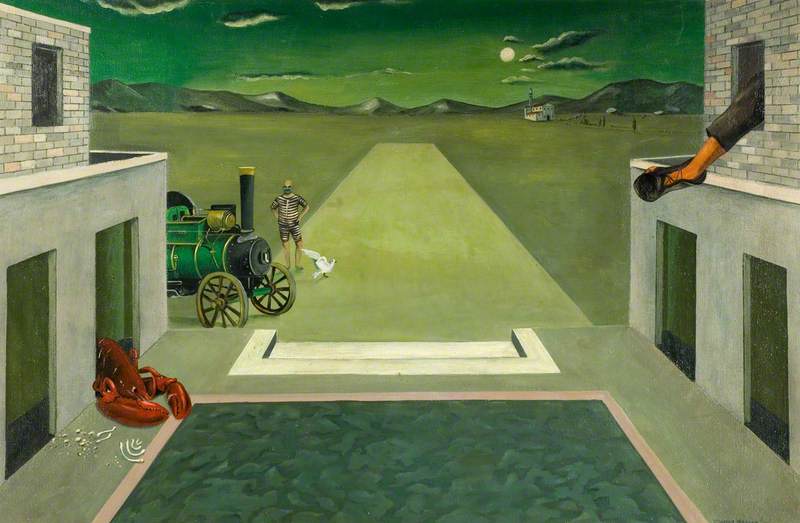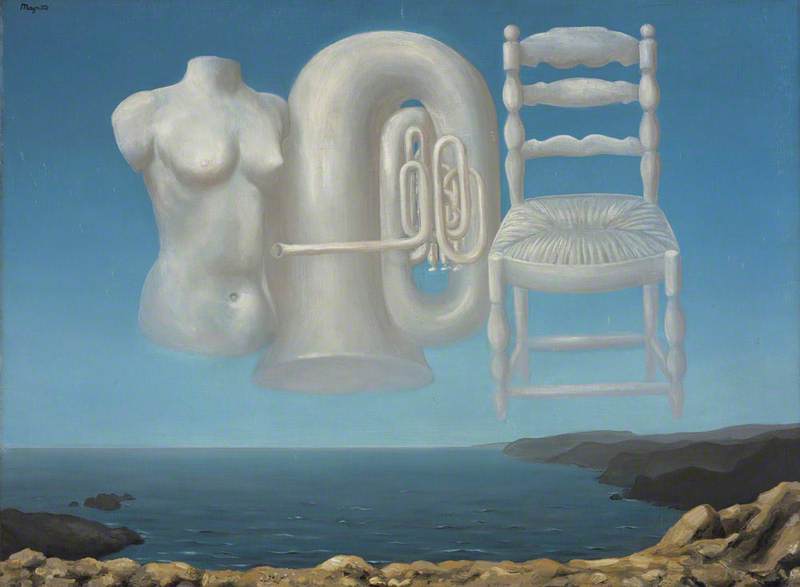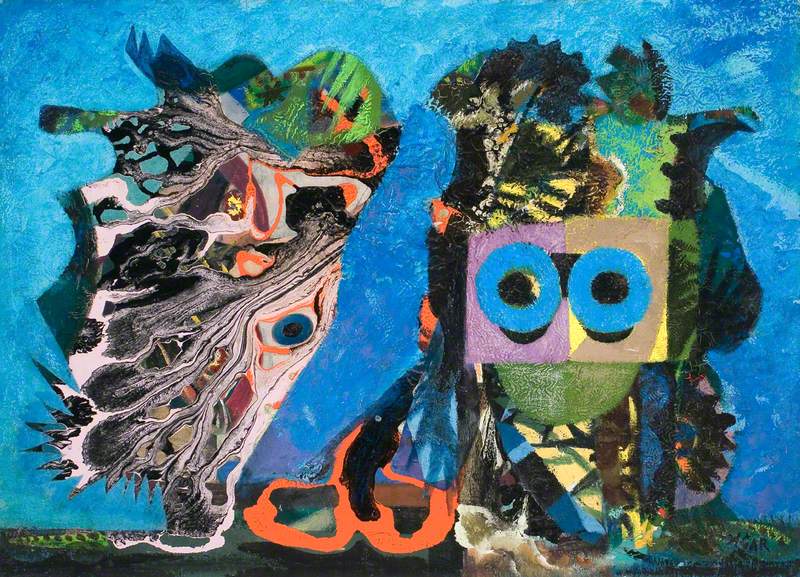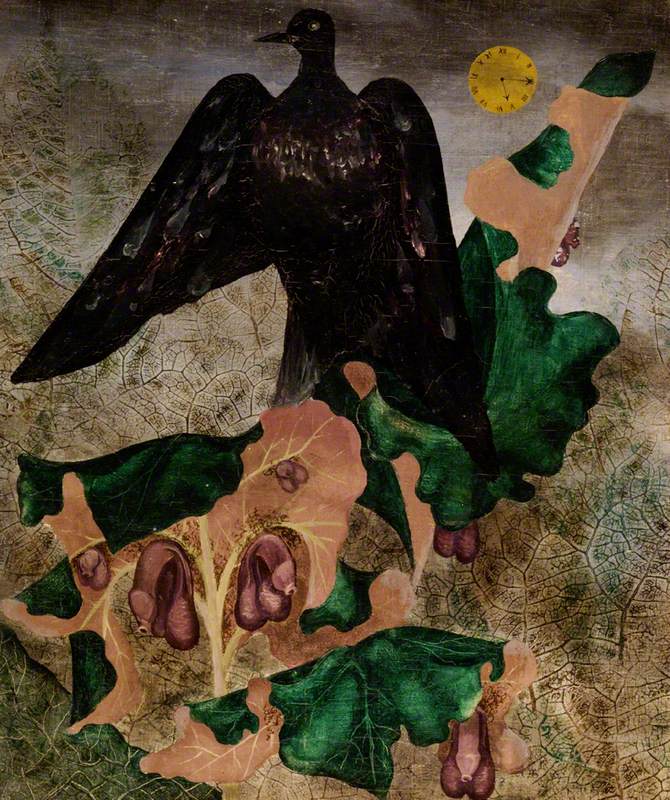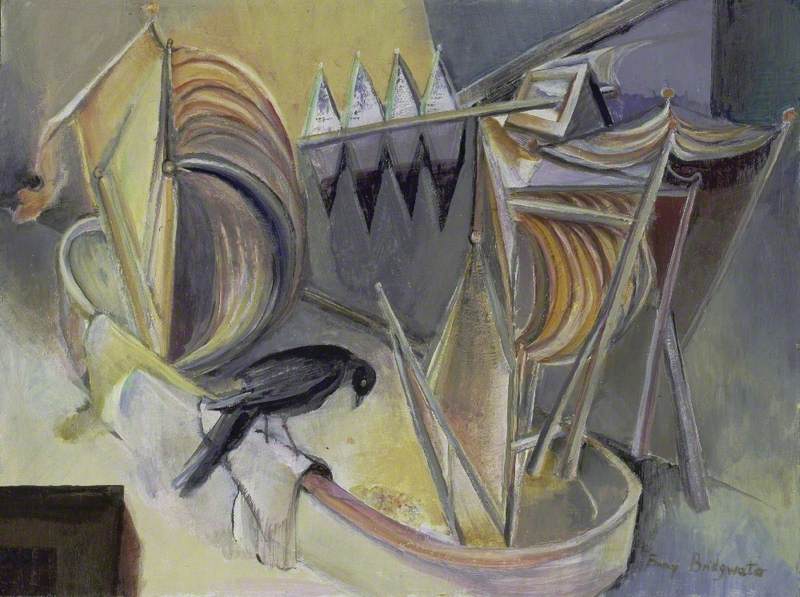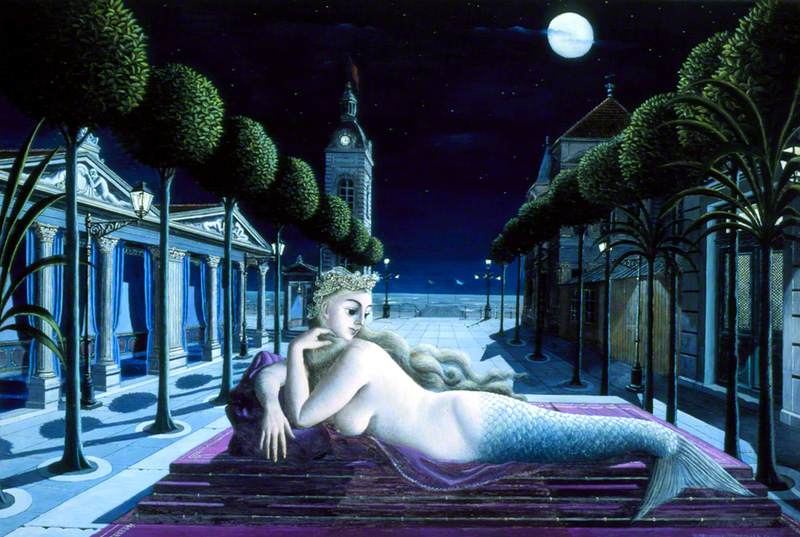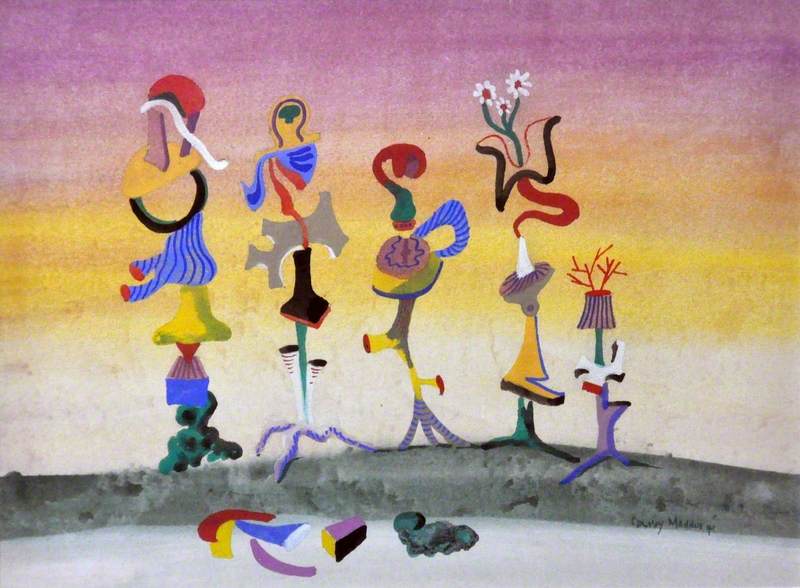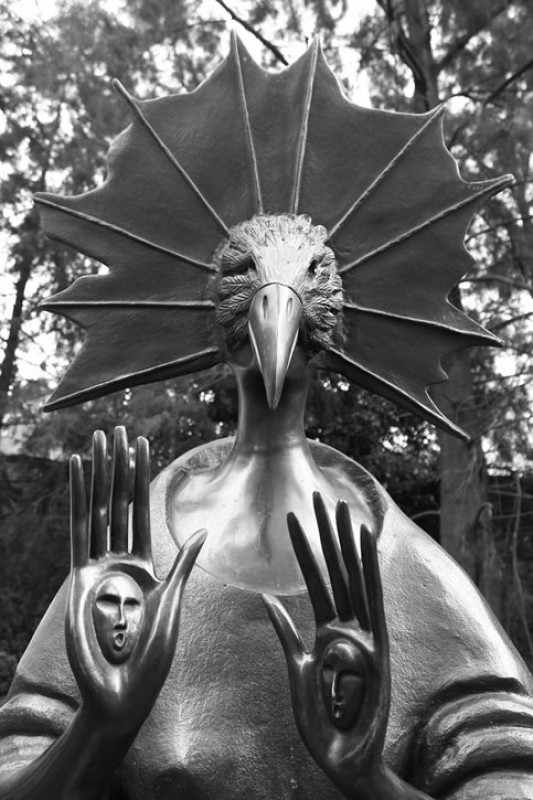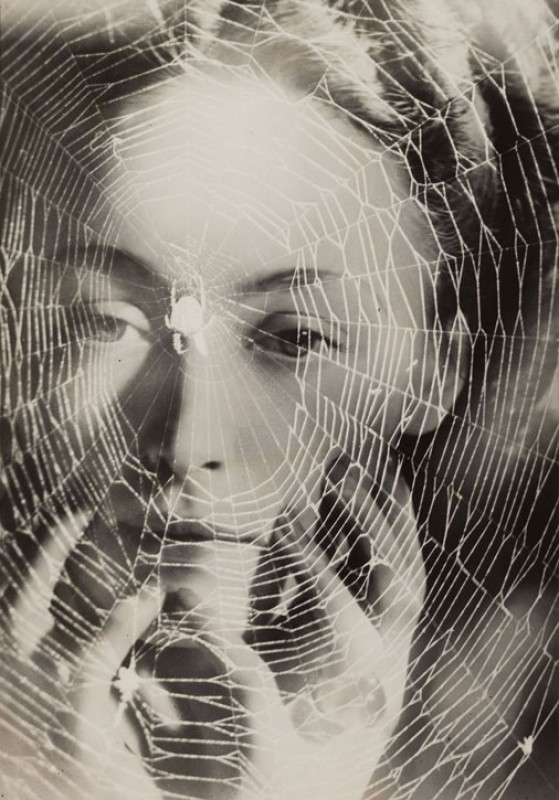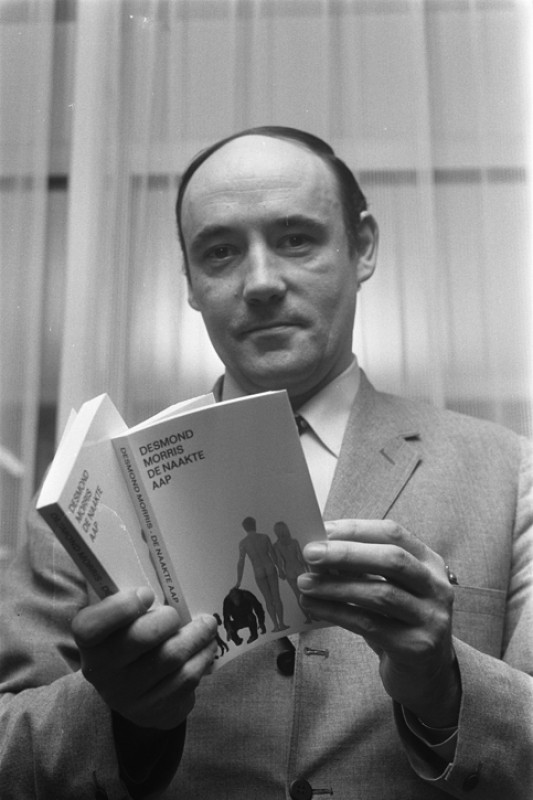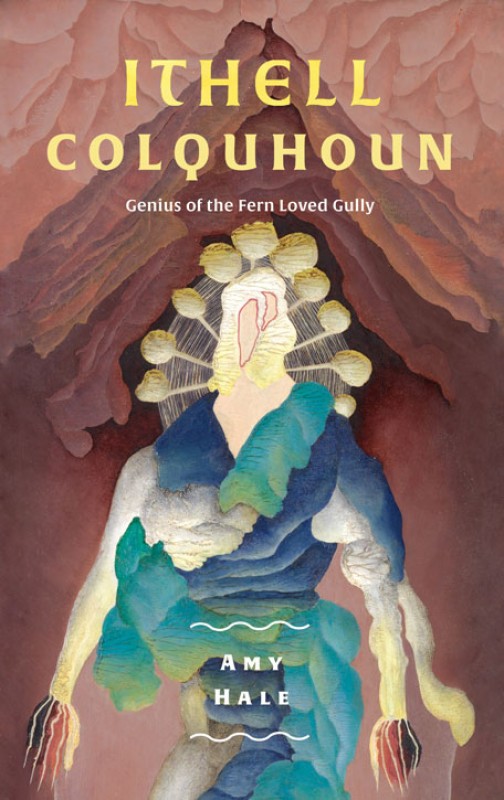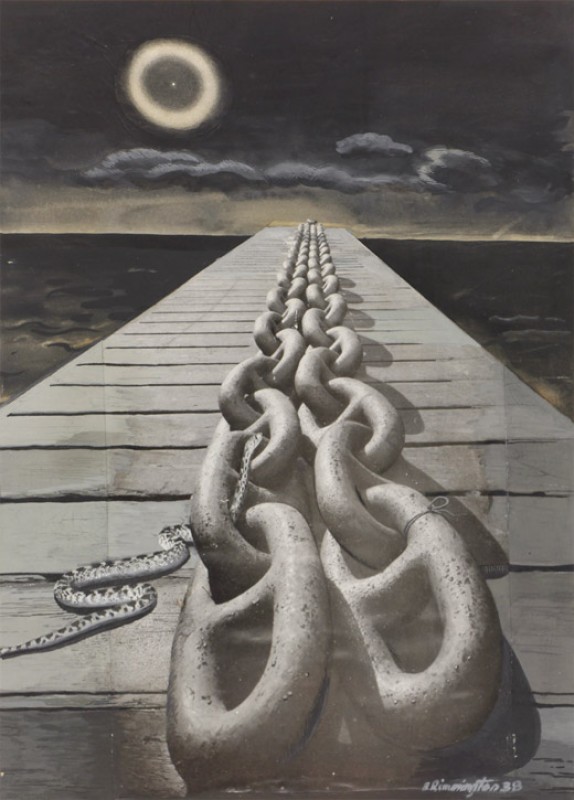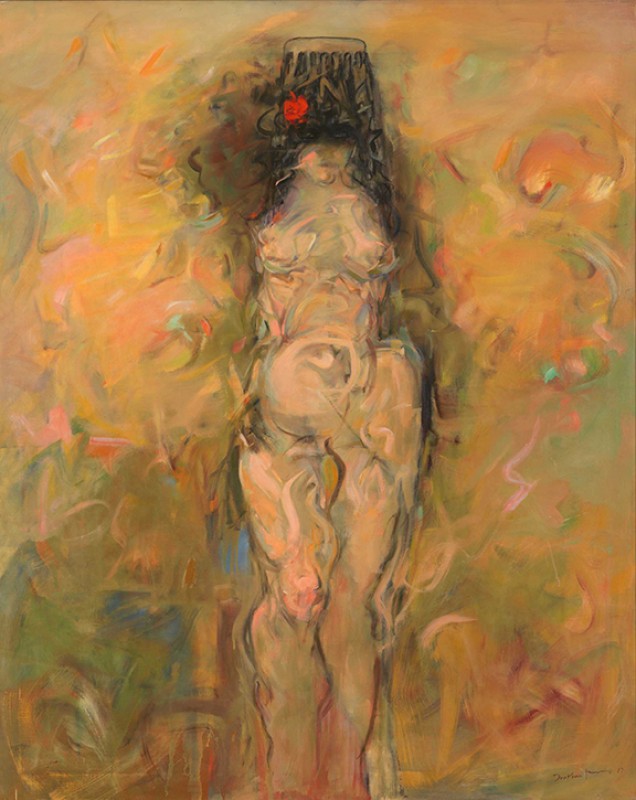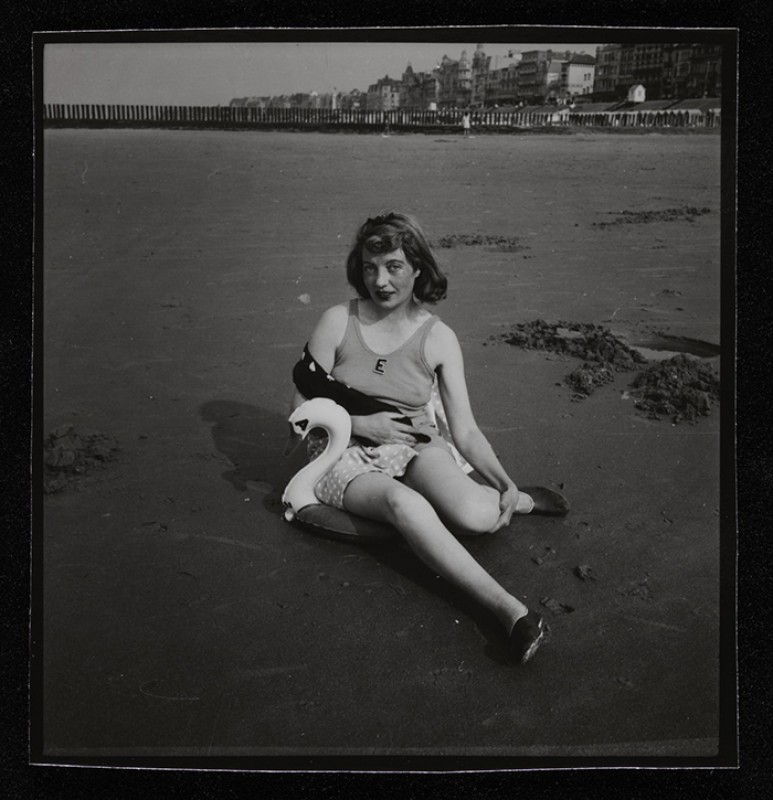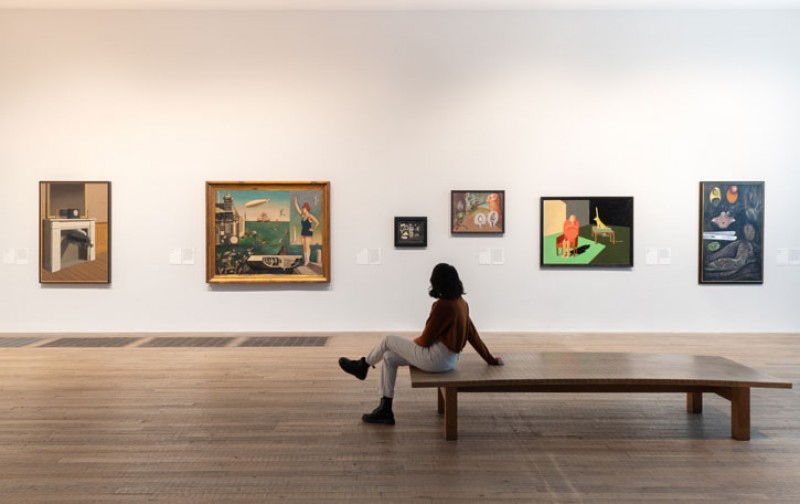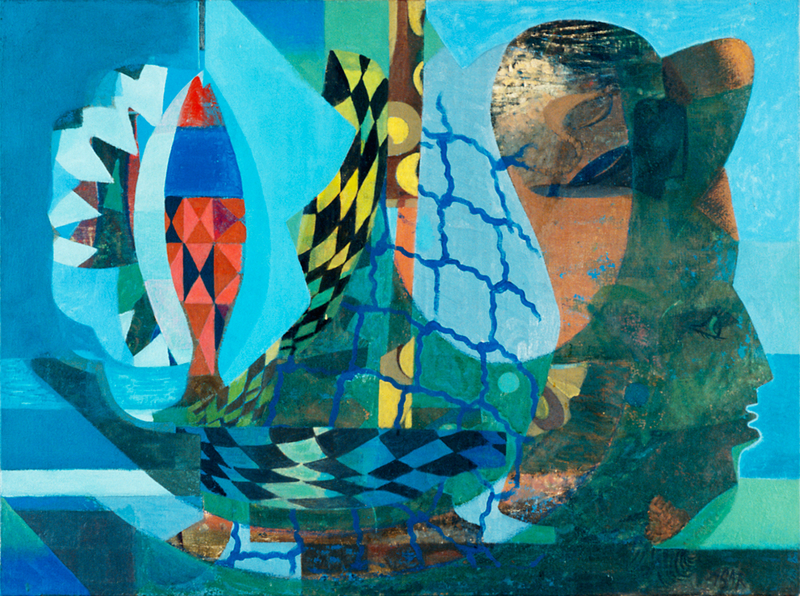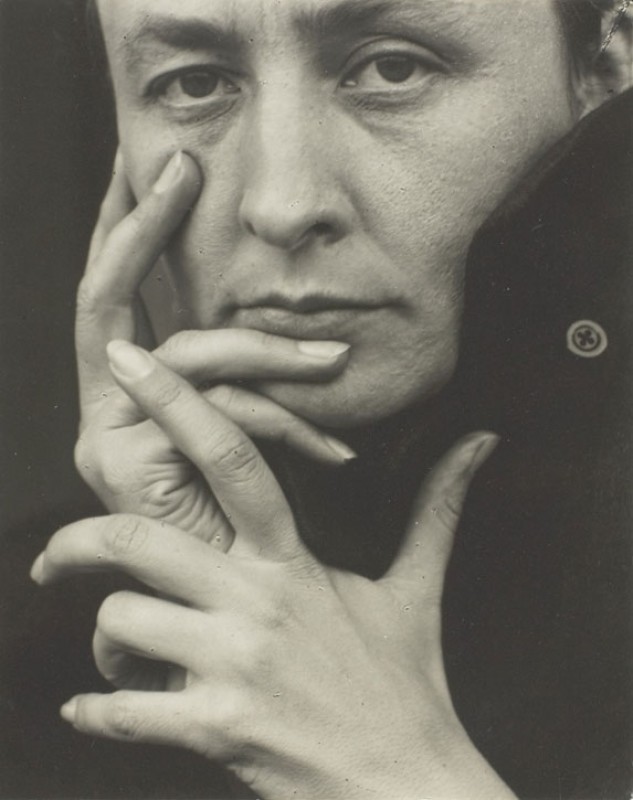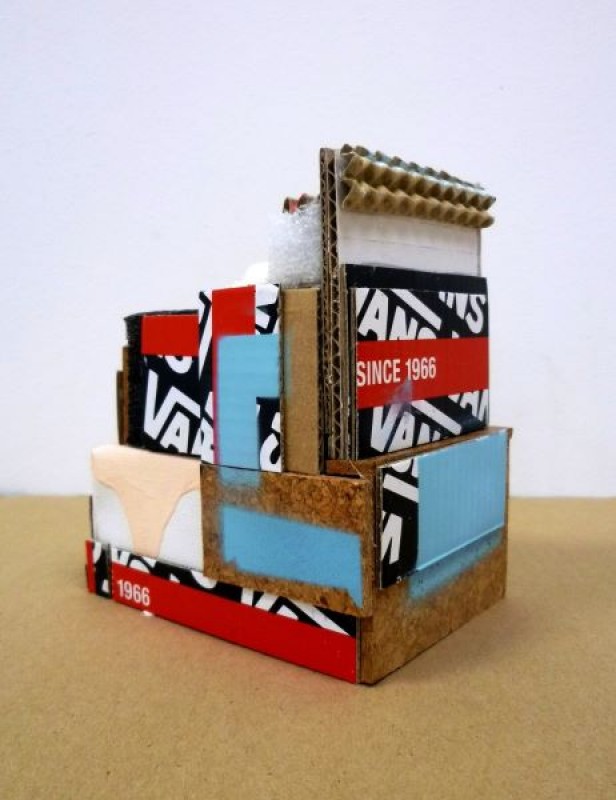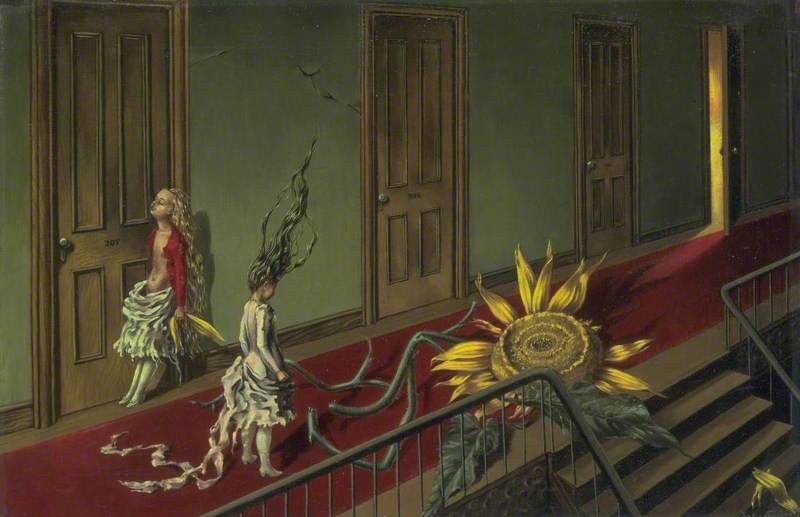
One of the most important and subversive movements of the 20th century, it flourished particularly in the 1920s and 1930s and provided a radical alternative to the rational and formal qualities of Cubism. Unlike Dada, from which in many ways it sprang, it emphasized the positive rather than the nihilistic. Surrealism sought access to the subconscious and to translate this flow of thought into terms of art. Originally a literary movement, it was famously defined by the poet André Breton in the First Manifesto of Surrealism (1924): 'SURREALISM, noun, masc. Pure psychic automatism by which it is intended to express either verbally or in writing the true function of thought. Thought dictated in the absence of all control exerted by reason, and outside all aesthetic or moral preoccupations.'
A number of distinct strands can be discerned in the visual manifestation of Surrealism. Artists such as Max Ernst and André Masson favoured automatism in which conscious control is suppressed and the subconscious is allowed to take over. Conversely, Salvador Dali and René Magritte pursued an hallucinatory sense of super-reality in which the scenes depicted make no real sense. A third variation was the juxtaposition of unrelated items, setting up a startling unreality outside the bounds of normal reality. Common to all Surrealistic enterprises was a post-Freudian desire to set free and explore the imaginative and creative powers of the mind.
Surrealism was originally Paris based. Its influence spread through a number of journals and international exhibitions, the most important examples of the latter being the 'International Surrealist Exhibition' at the New Burlington Galleries, London and 'Fantastic Art Dada, Surrealism' at the Museum of Modern Art, New York, both held in 1936. With the outbreak of the Second World War, the centre of Surrealist activity transferred to New York and by the end of the War the movement had lost its coherence. It has retained a potent influence, however, clearly evident in aspects of Abstract Expressionism and various other artistic manifestations of the second half of the 20th century.
Text source: The Oxford Concise Dictionary of Art Terms (2nd Edition) by Michael Clarke



